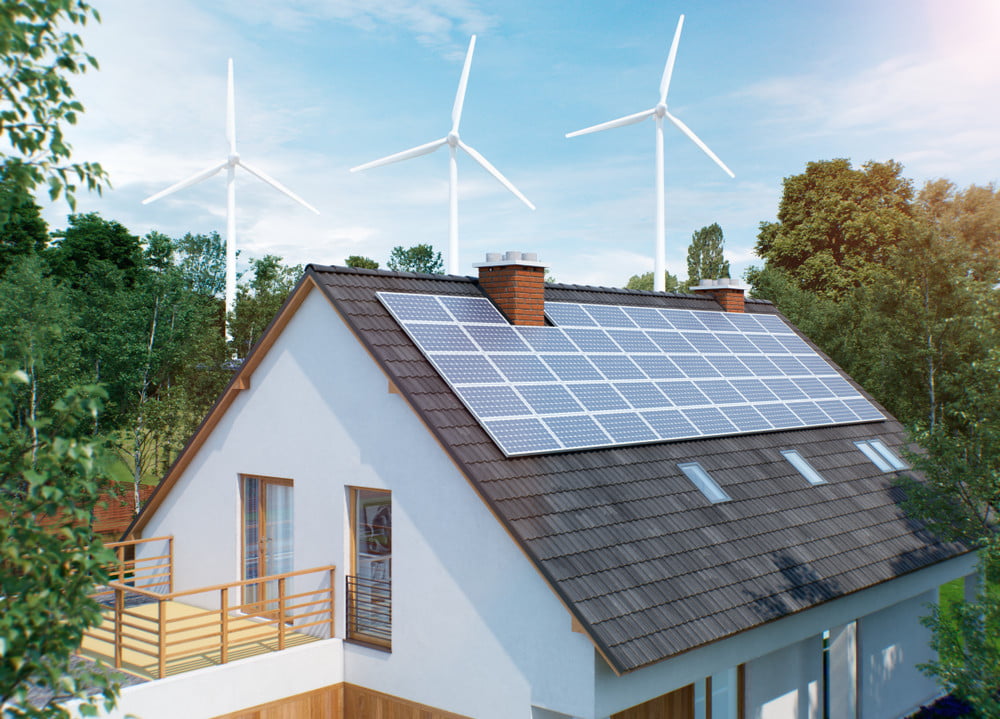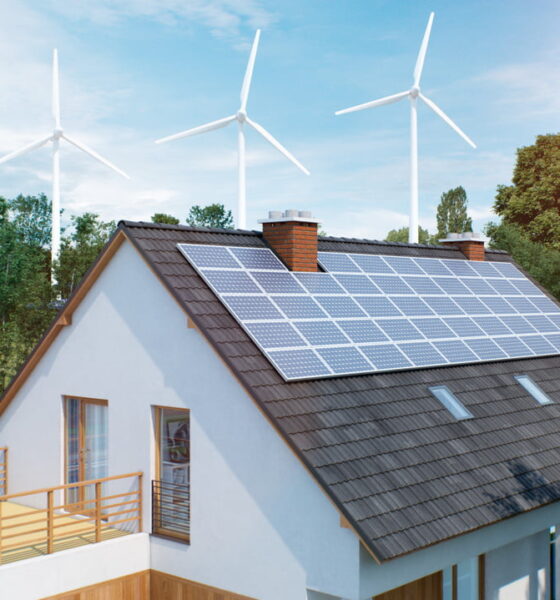Going completely off the grid is a prudent decision for helping the environment and living a more sustainable life. Traditionally, power was generated in remote locations using fossil fuel technologies and transmitted through high voltage distribution lines. As warmer temperatures occur, extreme weather events reduce the reliability of these long
Now, thanks to emerging technology and declining costs for installing off grid application, homeowners can become much more sustainable by producing and consuming their power on-site reducing their reliability on the grid.
Reducing your reliability on the grid has several benefits:
- Reduce reliance on fossil fuels
- Safety and power reliability in case of outages
- Saves you money as you are no longer paying for power
Building an off-grid home takes time and planning. It won’t happen overnight, but that’s okay. Therefore, there are a few helpful tips to consider when building your off-grid home. Let’s dive in.
Tips for Creating an Off-Grid House
1. Consider Options Outside of Solar
Solar has been all the rage in terms of using an off-grid application to produce and consume power at your home. However, a lot of people don’t realize that there are plenty of other options out there that you can consider. In fact, if you have an urban home, solar might make sense. Conversely, if you live in a rural area, you can consider a home wind turbine to pair with your solar panels. You might have more land space to use alternative technologies.
2. Ensure You Have Storage Capacity
Solar and wind technologies are intermittent in nature. Meaning these renewable energy resources only produce power when a particular resource is available (i.e., the sun is shining, or the wind is blowing). If you opt for one of these technologies, you should ensure that you can store the power produce to use at a later time.
For example, sun shines during the day but you don’t need to use power during the day. You will produce a lot of power that will need to be able to be dispatched at nighttime. There are a lot of battery energy storage options that work well with solar power. The good news is the cost of batteries have declined significantly, thanks to the use of electric vehicles and smartphones.
3. Use Local Installers
A lot of people think that starting an off-grid life is a complete DIY project. It’s not. You should view this as an overall generational shift or transition that will change the way you consume and produce power. This should not be take lightly. Consider hiring local professionals to consult and advise you on the best options possible to ensure optimal success. Several things worth considering include:
- Sizing of your power producing technologies (i.e., how many solar panels or wind turbines do you need)
- Optimizing the placement of your off-grid applications (i.e., place your solar panels in non-shaded areas)
- Calculate roof load requirements
There are many other considerations on the table that you will need to understand before becoming a complete off-grid home. Choose your technologies and professionals wisely. You are likely making a decision that will impact the next 20-30 years for your home, regardless if you own it or not.


 Environment10 months ago
Environment10 months agoAre Polymer Banknotes: an Eco-Friendly Trend or a Groundswell?

 Environment12 months ago
Environment12 months agoEco-Friendly Home Improvements: Top 7 Upgrades for 2025

 Features9 months ago
Features9 months agoEco-Friendly Cryptocurrencies: Sustainable Investment Choices

 Features10 months ago
Features10 months agoEco-Friendly Crypto Traders Must Find the Right Exchange































